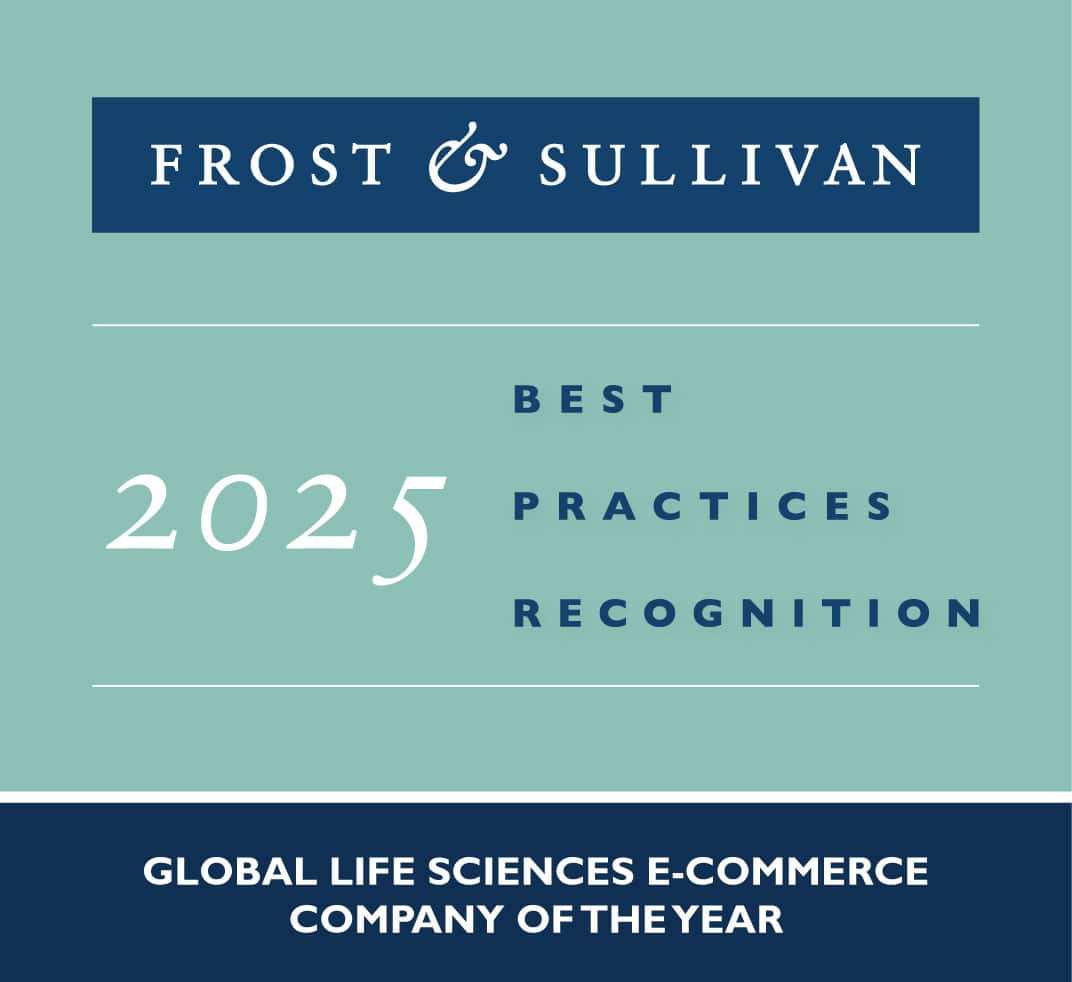The shift is clear—companies are moving from reactive, compliance-driven risk management toward proactive, employee-centric approaches. This evolution is being driven by digital disruption, hybrid work models, and increased regulatory demands forcing human resource (HR) leaders and solution providers to rethink their strategies and tools.
Today’s leading organizations are integrating AI for predictive risk analytics, deploying automation to streamline compliance workflows, and adopting scalable platforms that can support global, diverse workforces. The focus is expanding beyond incident prevention to include adaptive learning modules, robust post-incident support, and integrated systems that deliver real-time visibility into workforce risks.
In this context, human risk is no longer just an HR issue, it is a core element of business resilience, operational continuity, and long-term growth.
The six strategic imperatives outlined below capture the forces reshaping human risk management (HRM) and reveal how forward-looking organizations are redefining risk leadership in a volatile world.
Is your organization prepared to rethink human risk management and lead through disruption?
- Transformative Megatrends
Global Standardization of Human Risk Management Practices: As organizations scale internationally, the fragmentation of HRM practices across jurisdictions introduces significant legal, operational, and reputational risks. This necessitates:
- Implementing unified global HRM standards to ensure consistent compliance and streamline governance.
- Enhancing visibility and audit readiness through standardized policy enforcement mechanisms.
- Cultivating a global culture of integrity by embedding ethical conduct across all regions and employee segments.
By adopting a globally harmonized HRM model, organizations can build a resilient, ethically aligned workforce while navigating the complexities of international operations with confidence.
- Internal Challenges
Multigenerational Workforce Risk: The presence of five distinct generational cohorts in the modern workplace creates complex dynamics that can undermine operational efficiency, engagement, and cohesion. To address these challenges, organizations must:
- Deploy tailored training frameworks to address varying learning preferences and digital competencies.
- Design inclusive leadership development initiatives that foster empathy and cross-generational collaboration.
- Personalize wellness and benefits strategies to align with diverse expectations and psychological needs.
By proactively addressing generational disparities through structured, inclusive approaches, organizations can mitigate interpersonal friction, enhance workforce synergy, and future-proof talent engagement strategies.
- Disruptive Technologies
Ethical Use of AI in Hiring and Workforce Management: As AI reshapes talent acquisition and workforce oversight, the absence of robust ethical guardrails exposes organizations to systemic bias, legal risk, and employee mistrust. To safeguard fairness and accountability, organizations need to:
- Implement ethical AI governance frameworks to ensure transparency, accountability, and fairness in algorithmic decision-making.
- Utilize diverse and representative data sets to mitigate bias and reinforce equity across all HR processes.
- Establish ongoing audit mechanisms to monitor AI outcomes and uphold compliance with evolving data privacy standards.
By embedding ethical principles into AI-driven HR practices, organizations can harness innovation responsibly while cultivating trust, inclusivity, and long-term reputational strength.
Want to know which companies are leading the transformation in Human Risk Management?
Explore our latest Frost Radar™ on Global Human Risk Management — a global benchmarking analysis that spotlights the most innovative and impactful vendors shaping the future of workforce risk strategies.
Click here to discover innovation leaders, growth pipelines, and actionable best practices tailored to address today’s workforce challenges.
- Innovative Business Models
Blockchain for HR Data Security and Trust: With the rise in cyber threats and increasing regulatory demands, protecting sensitive employee data has become a top priority for HR leaders. Blockchain technology offers a decentralized and tamper-proof solution that can fundamentally enhance data security and trust. Organizations are leveraging blockchain to:
- Create immutable, time-stamped records of employee contracts, actions, and compliance activities — ensuring accountability and audit readiness.
- Enable full transparency and end-to-end traceability in HR transactions, from onboarding to exit procedures.
- Reinforce data integrity and prevent unauthorized access or manipulation, significantly reducing exposure to breaches and insider threats.
By integrating blockchain into HR systems, companies can strengthen compliance with global privacy laws, improve operational transparency, and build greater trust with employees and regulators alike.
- Geopolitical Chaos
Cross-Border Data Flow Restrictions: As data sovereignty regulations tighten worldwide, global HR operations face growing challenges in managing employee information across jurisdictions. Laws such as the General Data Protection Regulation (GDPR) and India’s Digital Personal Data Protection Act demand greater localization, transparency, and control over data handling. To navigate this complex landscape, organizations need to:
- Adopt region-specific data governance frameworks that ensure compliant collection, processing, and cross-border transfer of employee data.
- Invest in localized infrastructure and compliance tools tailored to meet country-specific regulatory requirements.
- Proactively address legal exposure by anticipating jurisdictional restrictions and embedding flexibility into global HR data strategies.
By prioritizing compliant, regionally adaptive data strategies, organizations can maintain operational continuity, mitigate risk, and reinforce trust in a rapidly evolving geopolitical landscape.
- Innovative Business Models
Gamified Risk Training: Traditional risk management training often falls short—lacking engagement, personalization, and long-term impact. Gamification introduces a dynamic, learner-centric approach that transforms passive instruction into active participation. Leading organizations are now using gamified tools to:
- Deploy interactive simulations and scenario-based modules to enhance learning effectiveness and retention.
- Leverage leaderboards, badges, and rewards that promote healthy competition and active participation.
- Customize training content to align with regional regulations, role-specific risks, and cultural contexts.
By embracing gamified risk education, organizations can elevate employee engagement, foster a proactive risk culture, and embed compliance into everyday behavior.
How is your organization positioning itself to leverage these strategic imperatives and stay ahead in the evolving human risk management landscape?
The future demands a proactive, tech-enabled, and human-centered approach to managing risks. Those who lead this shift will not only avoid disruption but shape the next era of responsible growth.
Frost & Sullivan can help your organization develop resilient, compliant, and future-ready HRM strategies.
Confused about where to start? Click here to speak with our Growth Experts and unlock actionable insights for transformation.
Join the Transformation Journey.
Write to us at [email protected] to unlock your organization’s full potential in proactive, tech-enabled human risk management.





